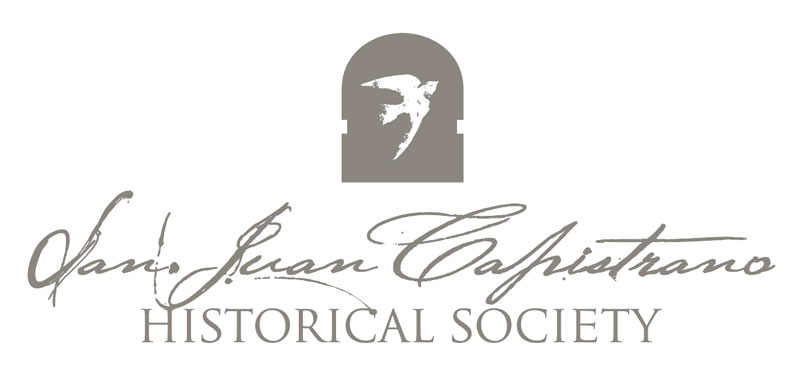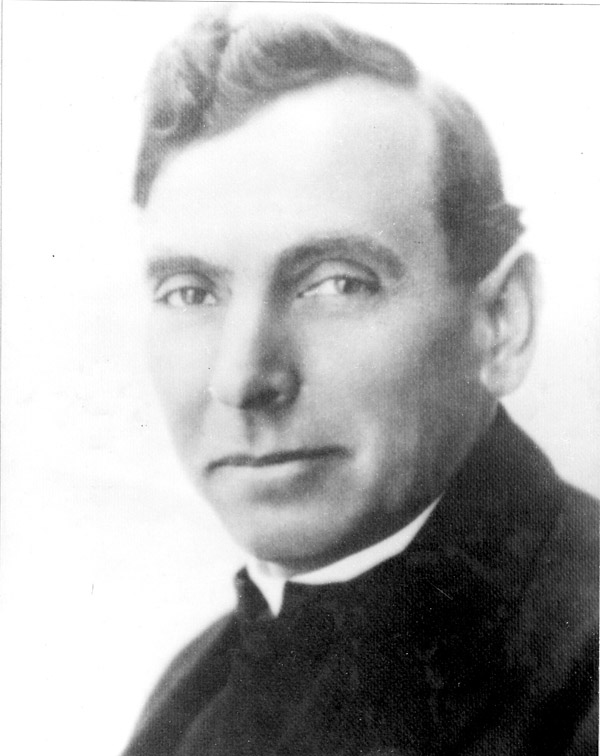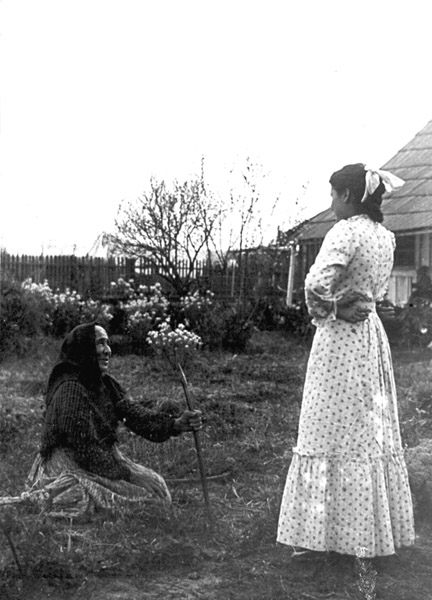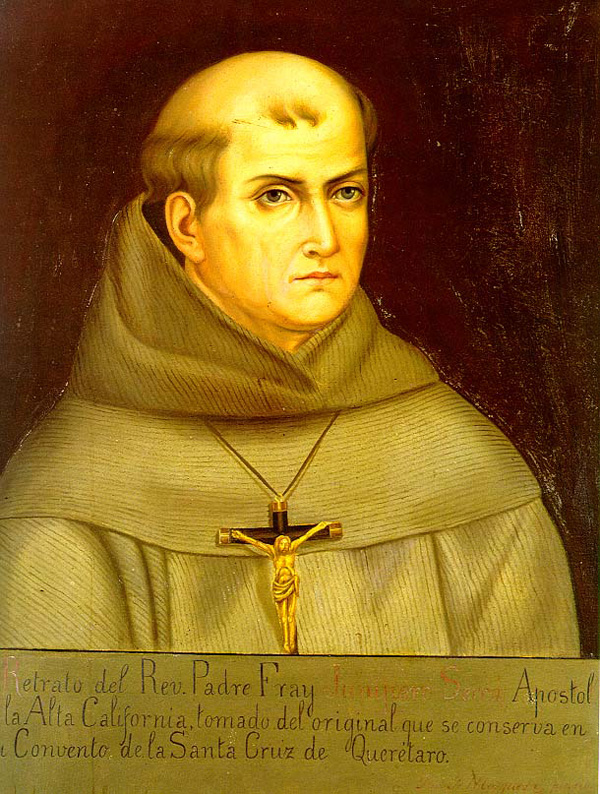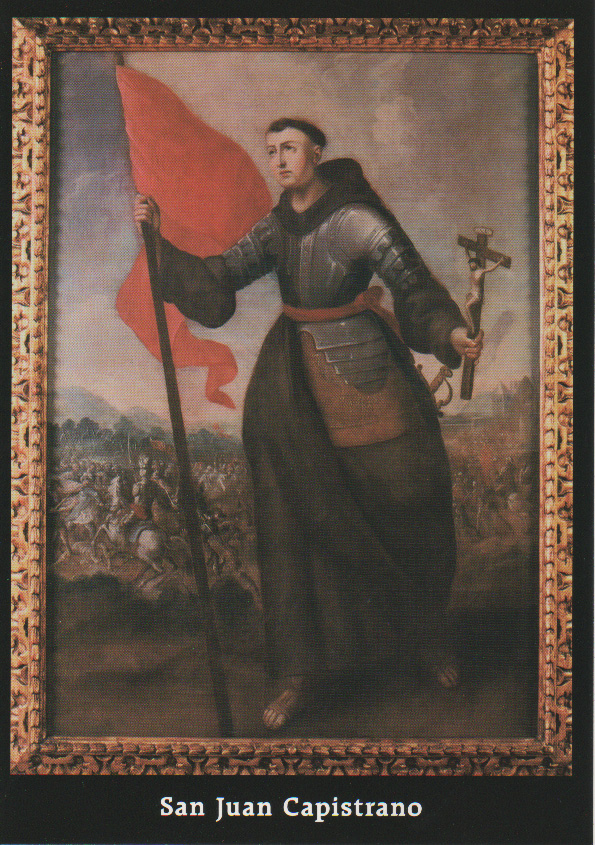1874-1933
Monsignor O’Sullivan was born in Louisville, Kentucky, on March 19, 1874. As a boy he studied at Saint Xavier School in Louisville and later entered the University of Notre Dame in Indiana. He became a student for the priesthood for the Diocese of Louisville and studied at Saint Bernard Seminary in Rochester, New York. He was ordained in 1904.
Shortly after his ordination, doctors told him he suffered from tuberculosis and he would most likely be an invalid for the short part of his life that was left to him. Seeking a climate that would make is illness easier to bear he spent time in both Texas and Arizona. He met Father Quetu, who was taking care of the parishoners by saying Mass weekly for them, in Tucson, Arizona. Father Quetu suggested that perhaps the abandoned Mission might provide O’Sullivan with a limited ministry and be some consolation to the young priest.
O’Sullivan decided to visit San Juan Capistrano and, as he stepped off the train and walked the short distance to the Mission, he saw and fell in love with the magnificent ruins. “The place appealed to him: it was like himself, whose body was gone in decay”, wrote Henry Bedford-Jones. O’Sullivan was put in charge of the ruins of Mission San Juan Capistrano on July 5, 1910. He set up a makeshift tent among the arches in the corridor of the Serra Chapel because the old living quarters of Father Mut were filled with insects. He drew close to the villagers and Juanenos and learned much of the history of the Mission.
Father O’Sullivan began to dream. He knew what the Mission had been and he now dreamed of what it could be again. Not knowing when his life might suddenly be cut off, he labored only for the present. He began to store old tile, carvings, and other pieces of the Mission, believing that someone would come after him and complete the restoration of the Mission. O’Sullivan worked with his own hands, carving beams, plastering walls with adobe, using square nails to restore parts of the Mission. Slowly the Mission began to respond to his work and amazingly O’Sullivan’s health grew better each day.
Gathering the parishioners into a parish organization, in 1918 the Mission was given parochial status with Father O’Sullivan as its first modern pastor. Uppermost in the pastor’s mind was the restoration of the Serra Chapel. In 1922 this was accomplished and the beautiful reredo from Spain was installed behind the altar. A parish grade school was established in 1928 with the teaching Sisters of the Immaculate Conception from Ohio.
When Monsignor St. John O’Sullivan died in 1933 in the city of Orange, “Southern California lost a holy priest, a great man, and a high minded citizen.” His remains lie buried in the old Mission cemetery adjacent to the Serra Chapel.
* St. John O’Sullivan was his baptismal name. This does not infer that he was a canonized Saint. Many of Irish descent would use this form as a given name. However many Catholics felt this was improper to have the title St. or Saint in a given name and commonly would refer to him as “Sin-jin” instead of St. John.
